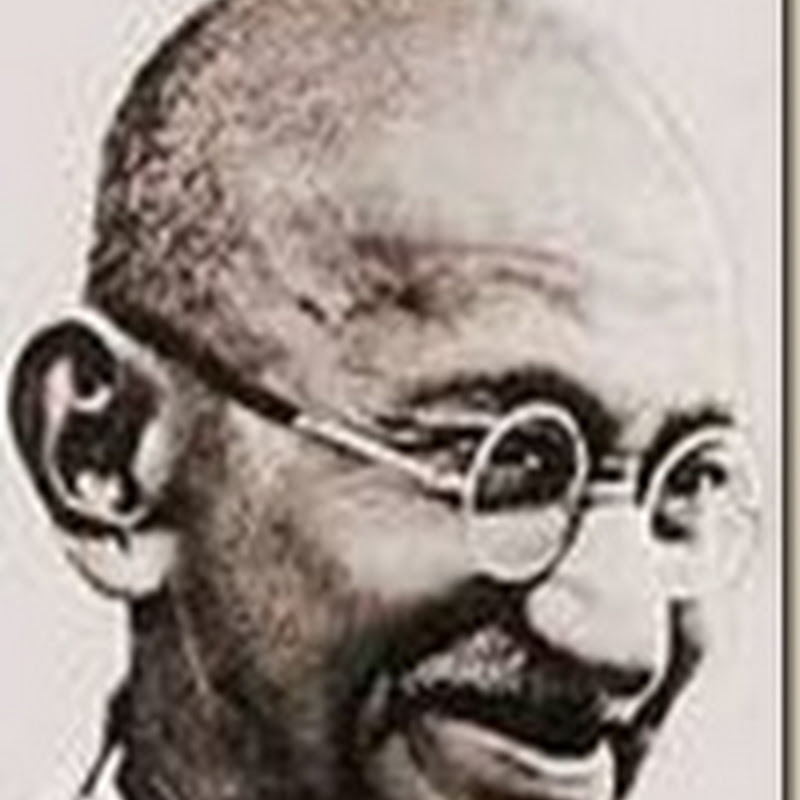The Five K's
The five sacred Sikh symbols prescribed by Guru Gobind Singh are commonly known as Panj Kakars or the 'Five Ks' because they start with letter K representing Kakka in the Punjabi language. They are:
1. Kesh or unshorn hair, regarded as a symbol of saintliness. Guru Nanak started the practice of keeping the hair unshorn. The keeping of hair in its natural state is regarded as living in harmony with the will of God, and is a symbol of the Khalsa brotherhood and the Sikh faith. Hair is an integral part of the human body created by God and Sikhism call for its preservation. The shaving or cutting of hair is one of the four taboos or Kurehats.
2. Kangha or the comb is necessary to keep the hair clean and tidy. A Sikh must comb his hair twice a day and tie his turban neatly. The Gurus wore turbans and commanded the Sikhs to wear turbans for the protection of the hair, and promotion of social identity and cohesion. It has thus become an essential part of the Sikh dress. A symbol of hygiene and discipline as opposed to the matted unkept hair of ascetics. A Khalsa is expected to regularly wash and comb their hair as a matter of self discipline.
3. Kara or the steel bracelet symbolises restrain from evil deeds. It is worn on the right wrist and reminds the Sikh of the vows taken by him, that is, he is a servant of the Guru and should not do anything which may bring shame or disgrace. When he looks at the Kara, he is made to think twice before doing anything evil with his hands.
4. Kachh or the soldiers shorts must be worn at all times. It reminds the Sikh of the need for self-restrain over passions and desires. Apart from its moral significance, it ensures briskness during action and freedom of movement at all times. It is a smart dress as compared to the loose dhoti which most Indian wore at that time A symbol signifying self control and chastity.
5. Kirpan or the sword is the emblem of courage and self-defence. It symbolises dignity and self-reliance, the capacity and readiness to always defend the weak and the oppressed. It helps sustain one's martial spirit and the determination to sacrifice oneself in order to defend truth, oppression and Sikh moral values. A symbol of dignity and the Sikh struggle against injustice. It is worn purely as a religious symbol and not as a weapon. When all other means of self protection fail, the Kirpan can be used to protect yourself or others against the enemy.
Supreme Act of Self-Sacrifice of Guru Tegh Bahadur Sahib Ji from Persian
sources
-
*Summary from Tawarikh-i-Sikhan-i-Mulk-i-Punjab wa Malwa by Khushwaqt Rai*
*In his historical chronicle Tawarikh-i-Sikhan-i-Mulk-i-Punjab wa Malwa,
w...
2 weeks ago











